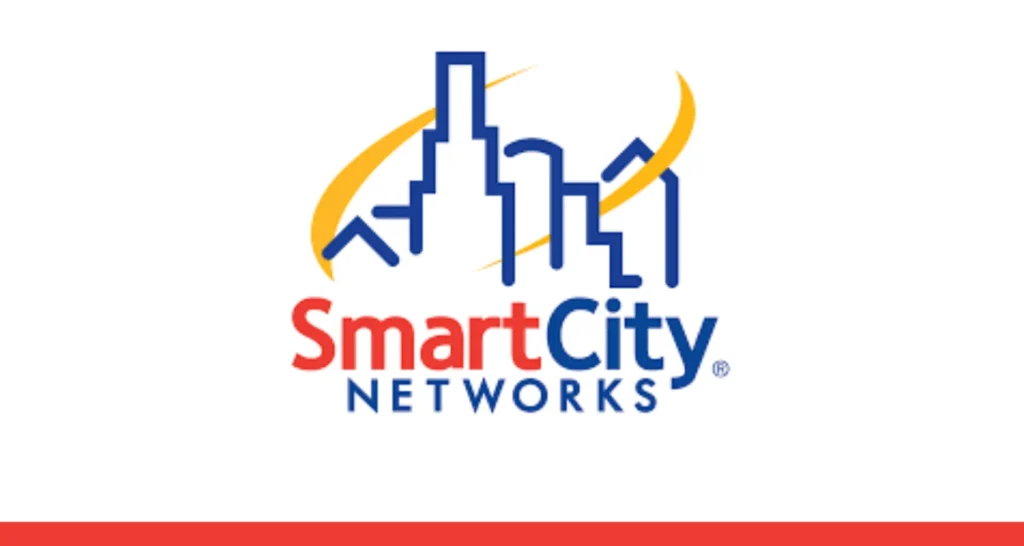A smart university is one that allows for flexibility in relation to the physical arrangement and learning environment. In essence, a smart university is one that embraces technology in addition to other traditional learning tools to offer its students a serene environment for learning. Effective learning aid helps students to complete their assignments. In addition, a smart university is one that provides students with an environment that allows for increased interaction and teamwork. The following are important steps in creating a smart-university.
Introduction of Digital Content
Traditional learning tools generally involve a presentation by the instructor and pen and paper where students jot down notes for future reference. In a smart university or classroom, knowledge is delivered through digital instruction. This involves using inquiry processes and interacting with information and people. Ideas are built through the use of digital learning solutions obtained via the creative process. Digital instruction encompasses learning and working with information communication technology to create learning experiences in the ICT world.
Sporadic Access among Instructors
In a smart university, learning strategies are often multi-dimensional with easier interaction between students and students and instructors. Understandably, simplicity does not necessarily imply that something is incomplete. On the contrary, in smart universities, the learning environments are interactive and lessons are generally on desk chairs. Through digital interaction, students are offered easier access to their instructors. This enables them to interact whenever a need arises which by extension contributes towards the learning process. Long-term knowledge transfer calls for a set of learning opportunities that encompass different prompts to be employed in the learning process. In addition, long-term knowledge transfer demands the spacing of learning incidences to overtime.
Random Access to Interactive Tools
One of the aspects that characterize smart universities in the provision of random access to interactive tools. In smart universities, students have sporadic access to learning tools including laboratories, presentation equipment, and data mining tools. The application of different kinds of models and representing knowledge using different methods promotes knowledge construction to facilitate long-term transfer. These learning methods also help to downplay some of the learners’ assumptions and improve their experiences. For example, by providing students with digital presentation tools, the instructor will be able to reduce anxiety associated with certain types of learning.
Teacher-Centric Stage
Teacher-centric learning aspires to enhance the leadership skills of the instructor in an effort to support lea3rners and the entire learning process. In this context, teacher-centric learning aims at providing learners with content that is based on the established curriculum. Moreover, teacher-centric learning is based on the summative examination of available content and/or information in an effort to enhance critical learning among learners. The teacher in this case use tools such as whiteboards in performing tasks, videos to present content, and classroom management software to allow the teacher to control what learners are doing, synchronize classroom activities, and assign tasks.
Interactive Classrooms
As compared with traditional approaches, the student-centered model emphasizes making meaning authentic activity and inquiry. The main aim of this approach establishes a learning environment that allows for knowledge construction in collaboration with the students. In this case, learners are expected to make sense of what they are being taught and relate this to past knowledge and experiences. To facilitate this, the classroom is arranged and seen as a learning community that facilitates a shared understanding. The classroom setting and the management model used should, therefore, aim at establishing shared leadership, a balance between the stakeholders’ needs, and building a shared community.
Objective Setting
Notably, the objective setting needs to be a joint process. In this regard, reviewers are emboldened to submit their personal objectives as they may find their role to employ the SMART acronym to illuminate their understanding of what is expected of their responsibilities. On this note, the administrator or the instructor needs to focus on what individuals whether staff or students need to achieve and avoid laying down goals that describe what people are going to do. Objectives should also be put under constant review and should reflect the range and level of responsibilities that each one has. In addition, the established goals should be challenging enough and should focus on achieving positive outcomes. The administrator, in this case, should avoid setting difficult or easy objectives as these can be de-motivating.
Summary
The transition from a traditional teaching approach to teacher-centric and student-centered (interactive) approaches has helped transform how knowledge is transferred in university settings. Today, smart universities rely on the use of ICT to interact with students and to manage classroom activities. These new teaching models have also helped in enhancing the learning experience as students have increased access to their instructors and information despite spatial and time settings. In smart universities, students can log in to online portals to access learning materials; communicate with other students as well as with their instructors. The concept of creating smart universities is dependent on the knowledge that the key determinant of learning is process continuity.













